AP World 1.1 Developments in East Asia
1/43
There's no tags or description
Looks like no tags are added yet.
Name | Mastery | Learn | Test | Matching | Spaced |
|---|
No study sessions yet.
44 Terms
Imperial Bureaucracy
A vast organization in which appointed officials carried out the emperor's policies. It was a continuity between Chinese dynasties and strengthened the Song dynasty in the early years.
Meritocracy
A system in which officials obtained their positions by demonstrating their merit on exams.
Grand Canal
An efficient internal waterway transport system that extended through China and allowed internal trade.
Champa Rice
A fast-ripening and drought-resistant strain of rice from the Champa kingdom in Vietnam that expanded agricultural productivity.
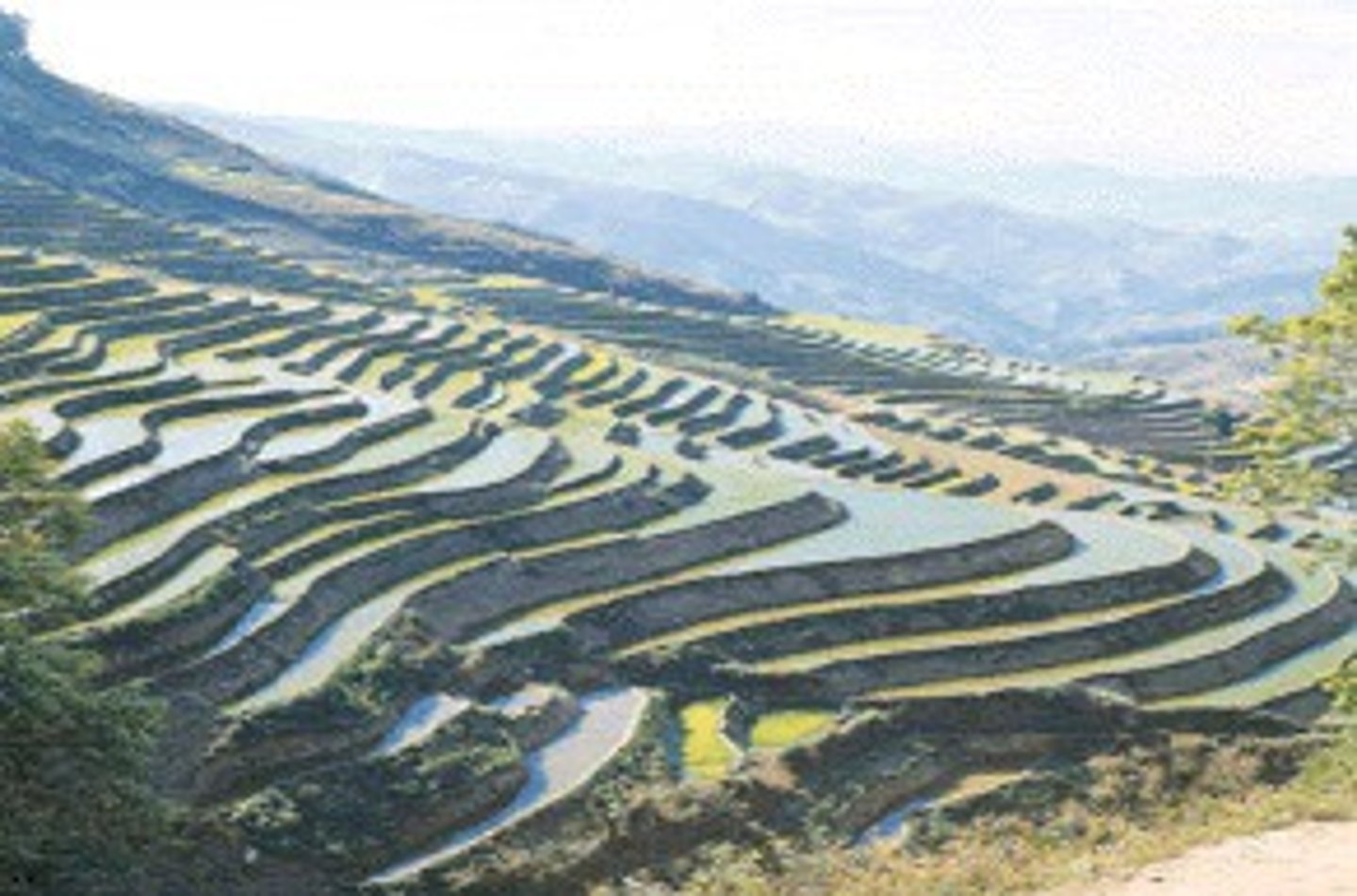
Why did China's population increase during the Song Dynasty?
Champa Rice, manure, irrigation systems, and steel plows led to agricultural success, which allowed the population to increase.
Proto-industrialization
A set of economic changes in which people in rural areas made more goods than they could sell.
Artisans
Skilled craftworkers who manufactured steel, porcelain, and silk during the Song Dynasty.
Why did China become very commercialized during the Song Dynasty?
Market production of porcelain, textiles, and tea, the Grand Canal supported internal trade, naval advances (like the compass and maps) and military power supported external trade.
How did the Song Dynasty promote a commercial economy?
Instead of requiring people to work on public projects, the government paid them. This increased the amount of money in circulation and promoted economic growth.
Tributary System
An arrangement in which other states had to pay money or provide goods to honor the Chinese emperor. It cemented China's economic and political power, created stability, and stimulated trade. Japan, Korea, and Southeast Asian kingdoms were Chinese tributary states.
Scholar Gentry
The most influential social class in China comprised of landowners who inherited their wealth and were educated in Confucian philosophy.
Foot Binding
The practice of tightly wrapping women's feet that represented social status but restricted their ability to move. It was banned in 1912.
Woodblock Printing
A type of printing that allowed the Chinese to make multiple copies of written texts. It allowed the Song to print and distribute booklets on how to farm efficiently.
What were the three types of Buddhism?
Theravada Buddhism, Mahayana Buddhism, and Tibetan Buddhism.
Syncretic
Fused.
Chan Buddhism/Zen Buddhism
The most popular branch of Buddhism in China that fused traditional Chinese beliefs with Buddhism and emphasized meditation.
Filial Piety
The duty of family members to subordinate their needs and desires to those of the male head of the family. It helped the Song Dynasty maintain their rule because of the emphasis on respect for elders.
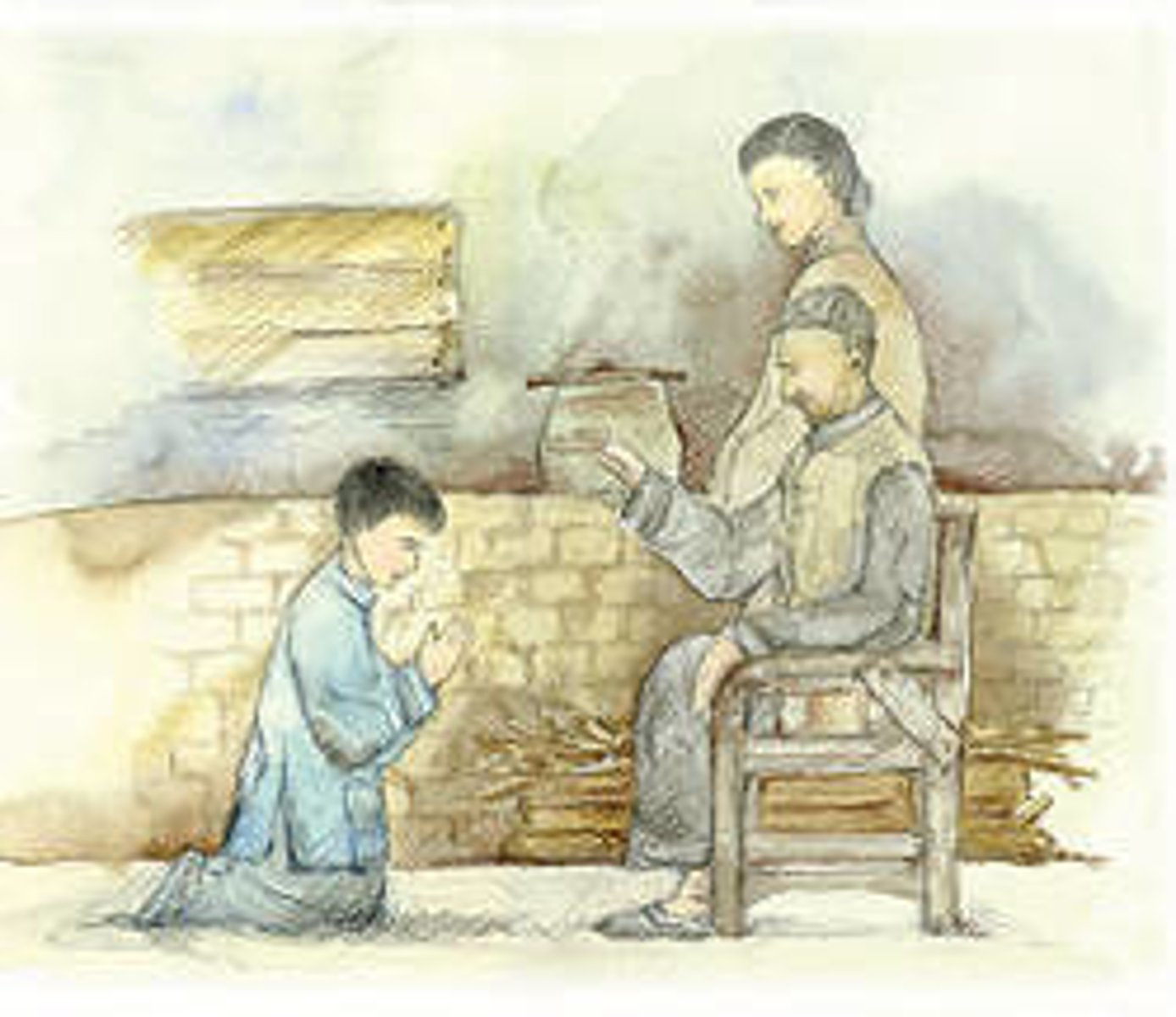
Neo-Confucianism
A syncretic system that mixed rational thought with Daoism and Buddhism and emphasized ethics. It became very popular in Japan, Korea, and Vietnam.
Heian Period
794-1185; the period in which Japan emulated Chinese politics, art, and literature.
Feudalism
A system of government with no centralized government, landowning aristocrats, and little social mobility.
How did China influence Korea? How was Korea different from China?
Korea centralized its government, used Confucianism and Buddhism, and used the Chinese writing system. The landowning aristocrats were more powerful in Korea than China, so the Civil Service Exam did not provide a merit-based way to enter the bureaucracy.
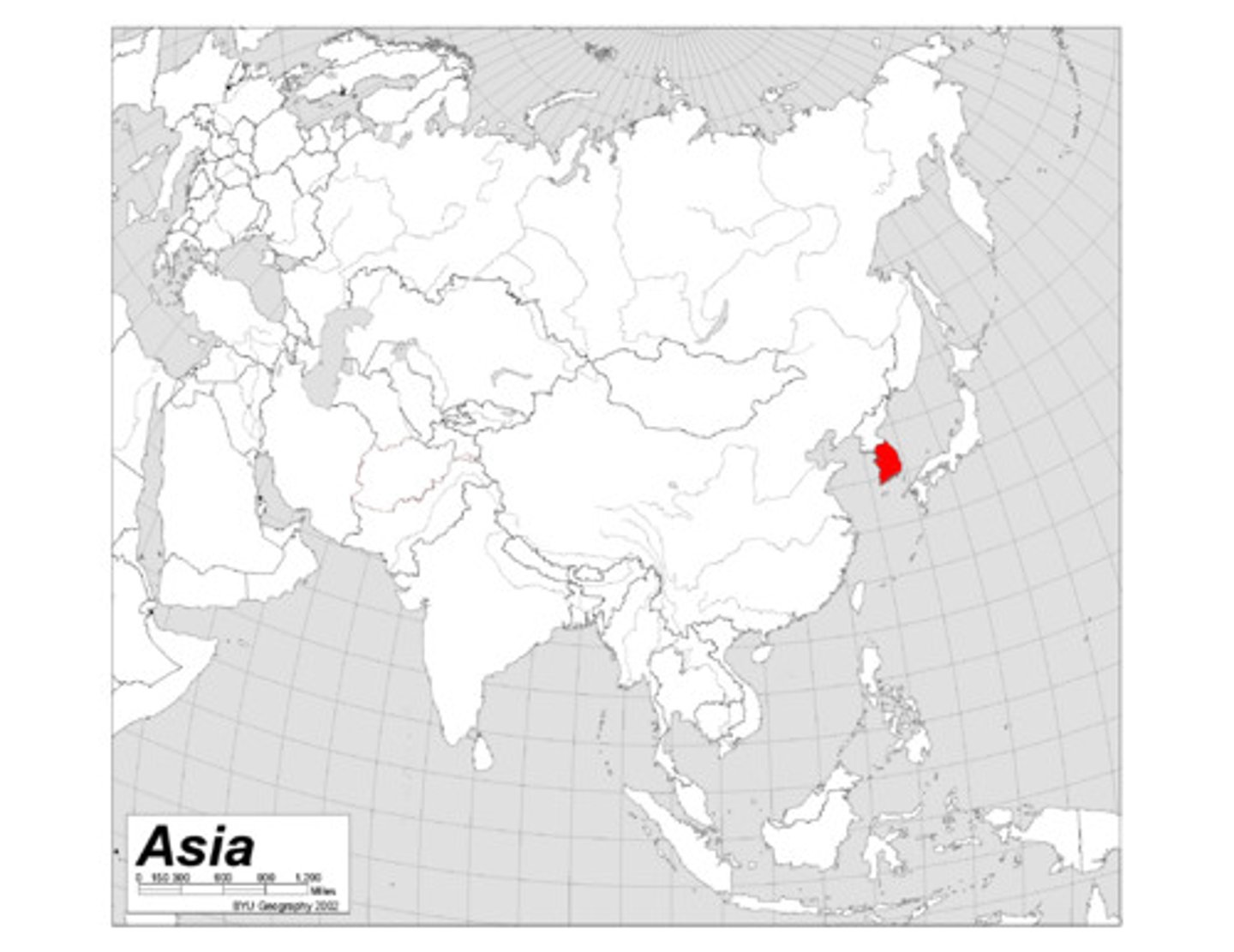
Nuclear Family
A wife, husband, and child(ren) living together.
Polygyny
The practice of having more than one wife at a time.
Civil Service Exam
A test given to young men in China to determine if they would obtain a job in the bureaucracy. The exam was based on Confucian texts.
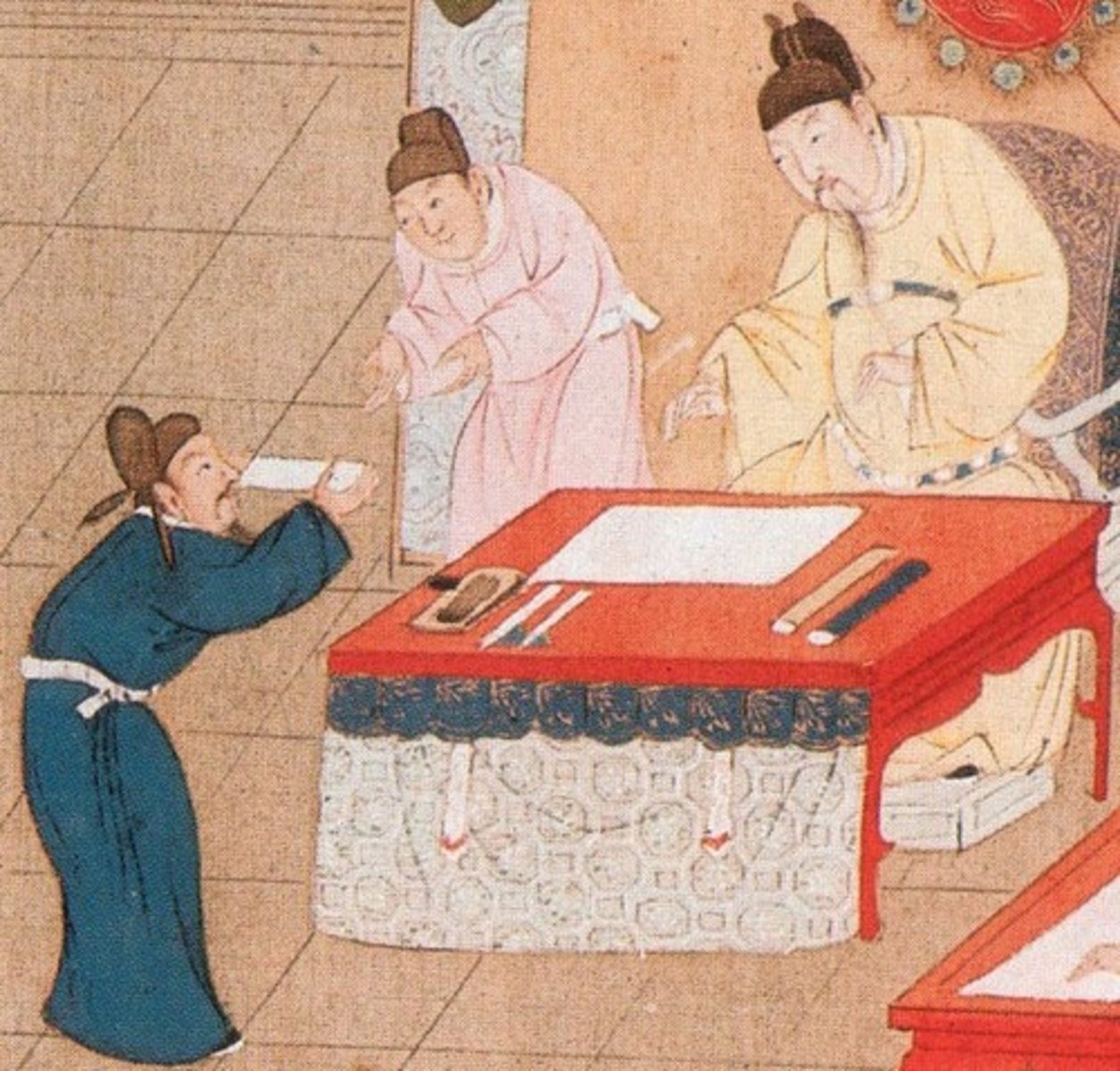
How did steel and coal impact China?
Coal enabled it to produce more cast-iron goods and steel was used for architectural, religious, and agricultural purposes, giving the China the greatest manufacturing capability in the world.
How were women treated in China?
They did not have as much power as men because the society was patriarchal, and their feet were bound, which limited their movement and freedom.
Did people in postclassical China read and write?
Most peasants were illiterate, but Confucian scholars read and wrote books. The Tang and Song dynasties placed emphasis on education.
How did China influence Japan? How was Japan different from China?
Japan learned woodblock printing and emulated Chinese politics, art, and literature. Japanese Prince Shotoku Taishi promoted Buddhism, Confucianism, and Shinto. Their government was a feudal system, but the daimyo had more power than the nobility in Europe did.
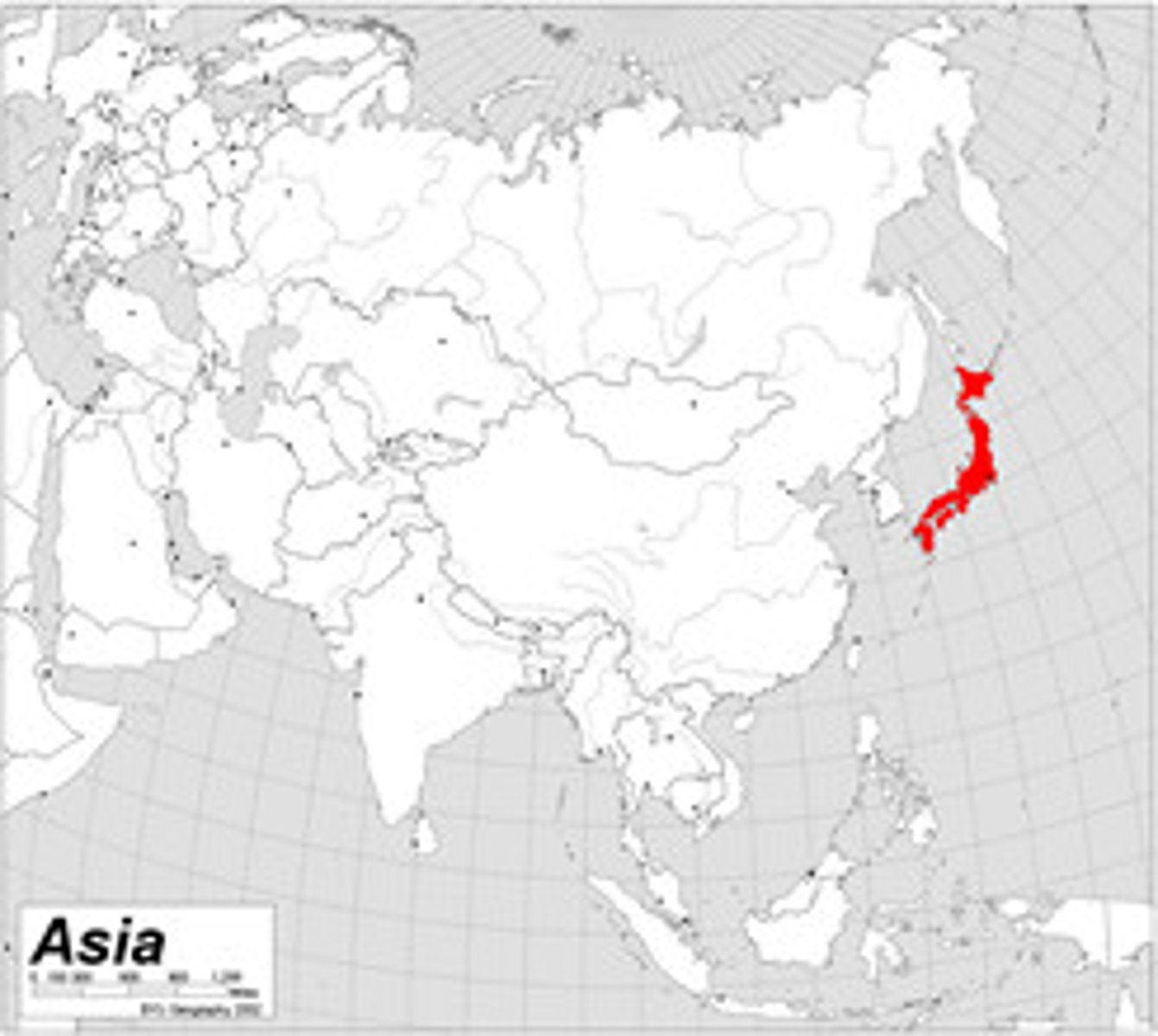
Bushido
The feudal code of Japan that stressed frugality, loyalty, and honor.
Shogun
A Japanese military leader who ruled instead of the emperor.
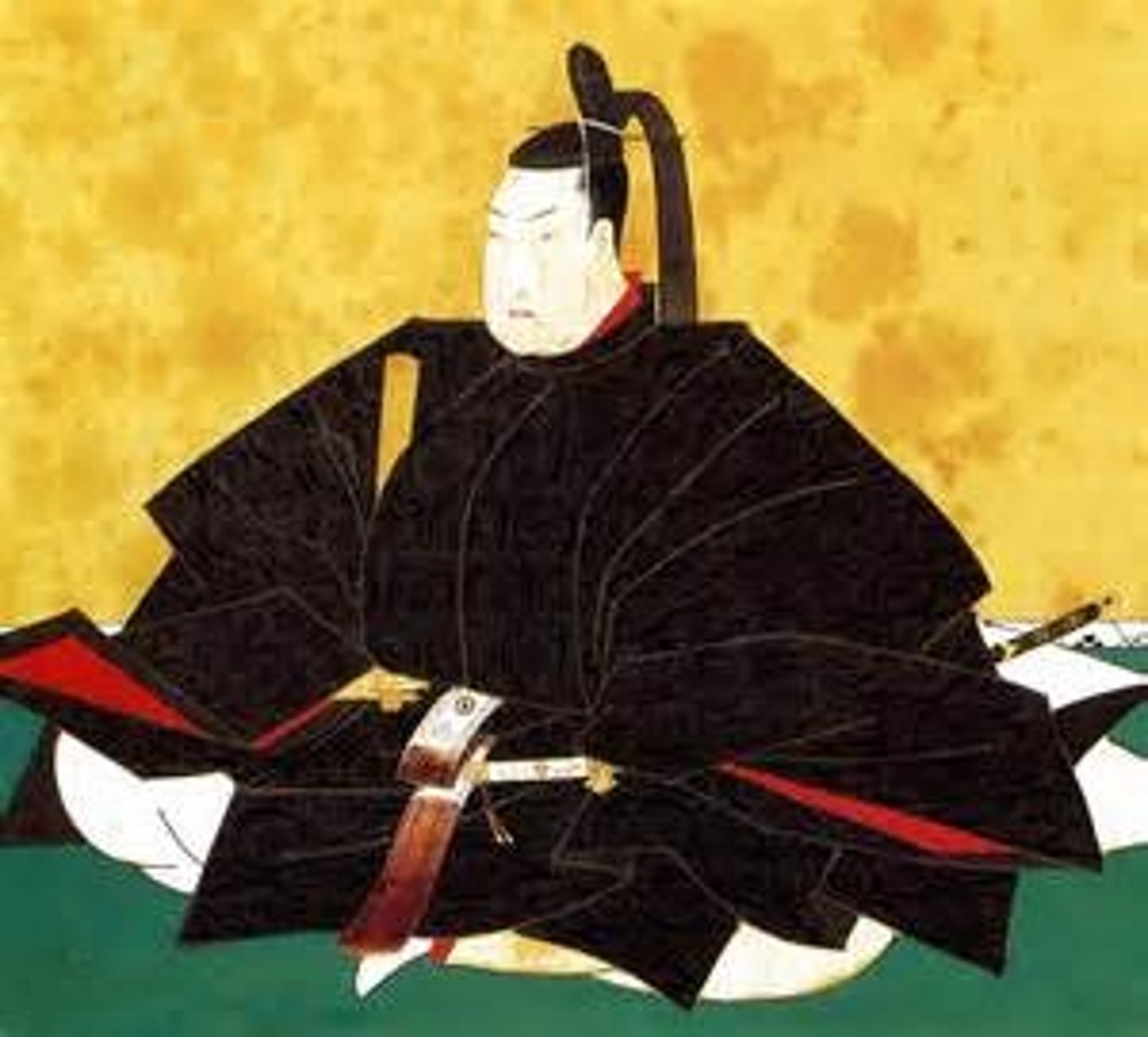
How was the Korean Civil Service Exam different from the Chinese?
The Korean Civil Service Exam was not open to peasants, so there was no merit-based way to enter the bureaucracy.
Song Dynasty
The dynasty that replaced the Tang Dynasty in 960 and ruled for more than three centuries.
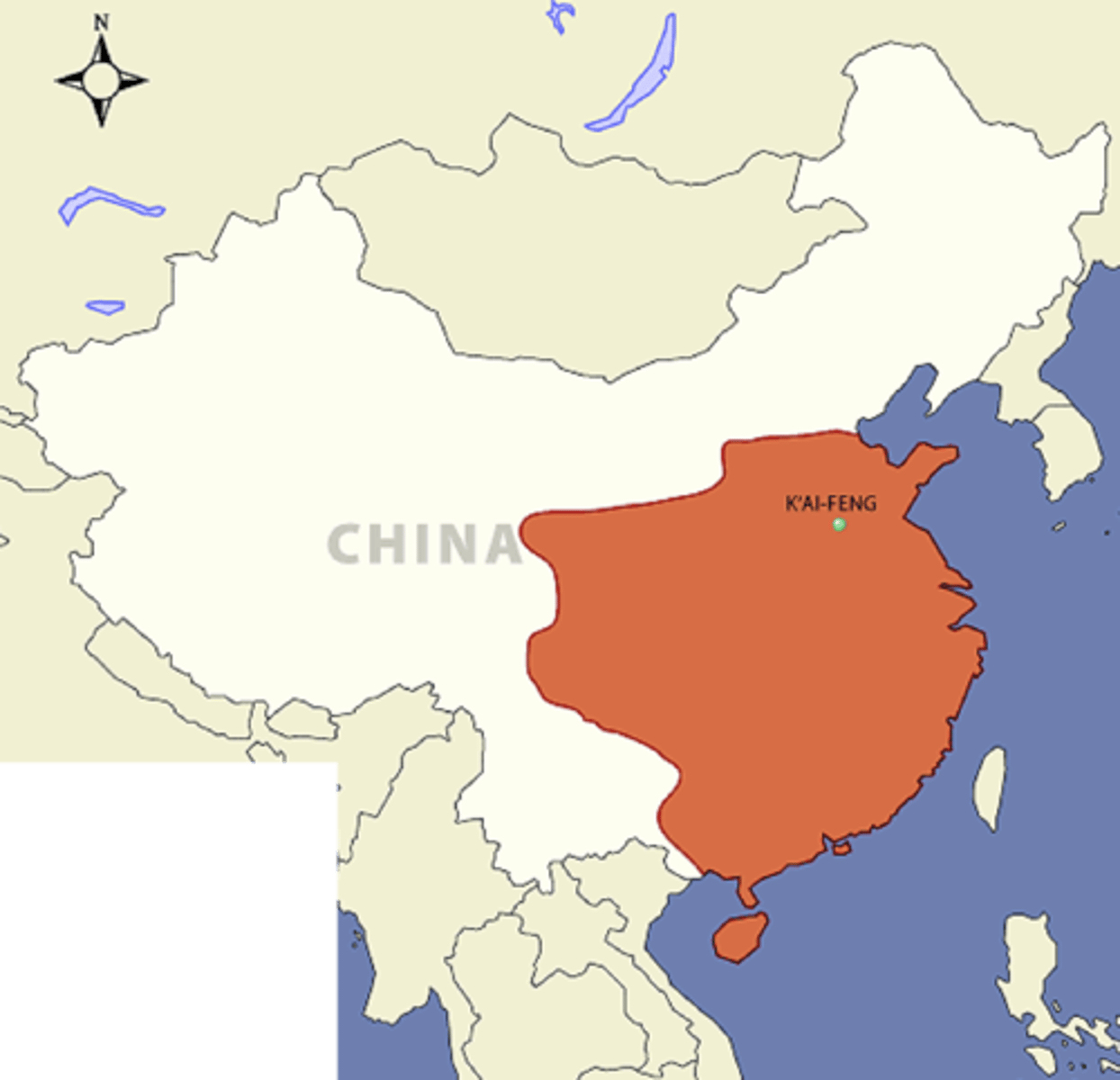
What was Emperor Song Taizu's great achievement during the Song Dynasty?
He expanded educational opportunities to young men of lower economic classes through the civil service exam.
How did the Song Dynasty end?
The bureaucracy was so large and had so many jobs that the Song dried up China's surplus wealth by increasing the costs of the government too much.
What were China's largest cities?
Chang'an, Hangzhou, and Guangzhou. They were active centers of commerce.
How did Buddhism come to China?
It came from India via the Silk Road. The Buddhist monk Xuanzang also helped spread it in China.
Monasteries
Buildings where monks lived together.
How did China influence Vietnam? How was Vietnam different from China?
Vietnam used the Chinese writing system and architecture. Vietnamese villages operated independently and there was no political centralization. Vietnam rejected foot binding and polygyny, and people led revolts against the government if they deemed it too oppressive because they owed allegiance to the village peasants.
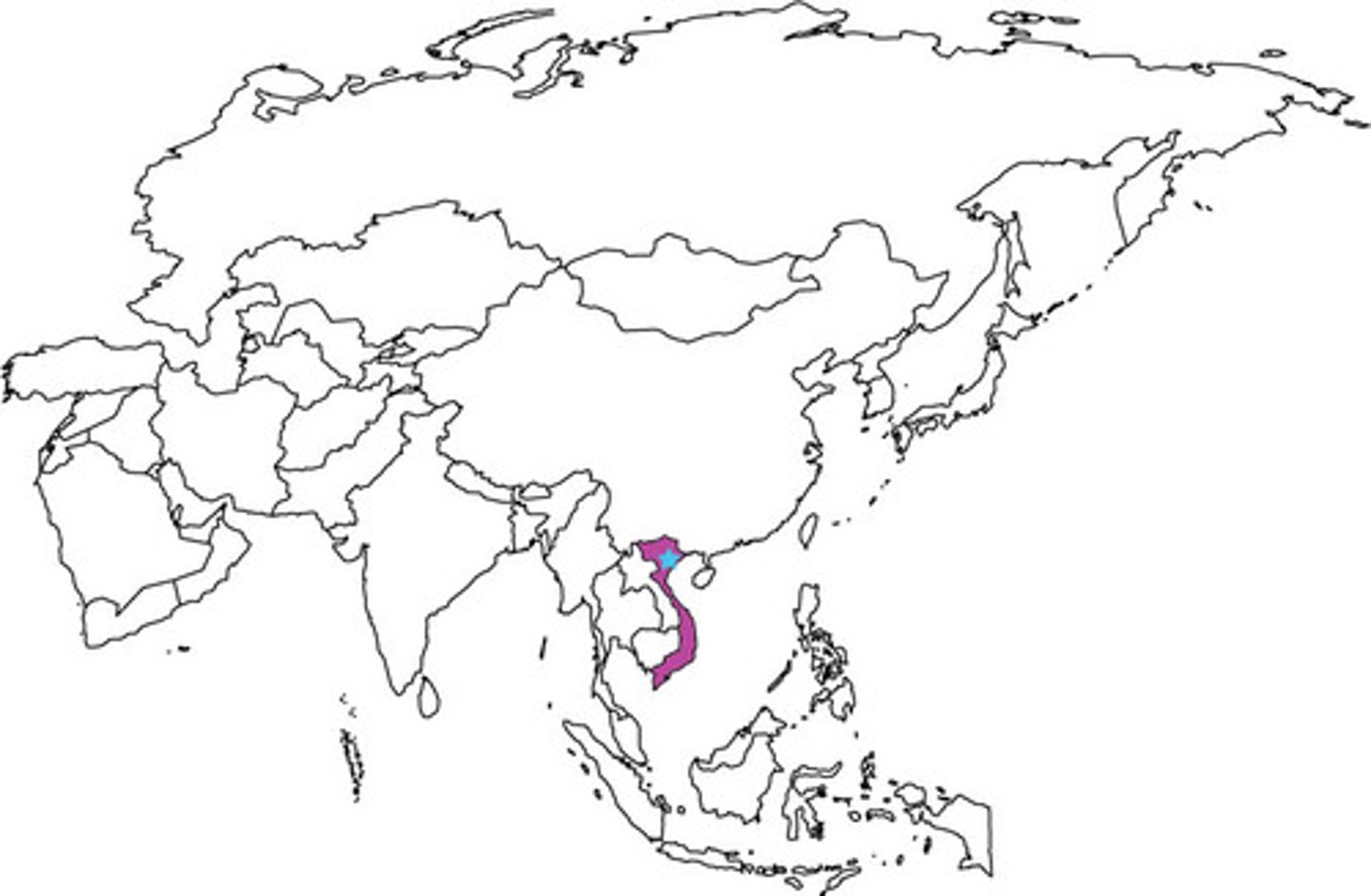
Minamoto Clan
A powerful land-owning family that took charge of Japan when the Heian Court declined in 1192.
Kowtow
The ritual of bowing so low that one's head reached the floor. Anyone greeting the Chinese emperor had to do it because it was a way of demonstrating respect.
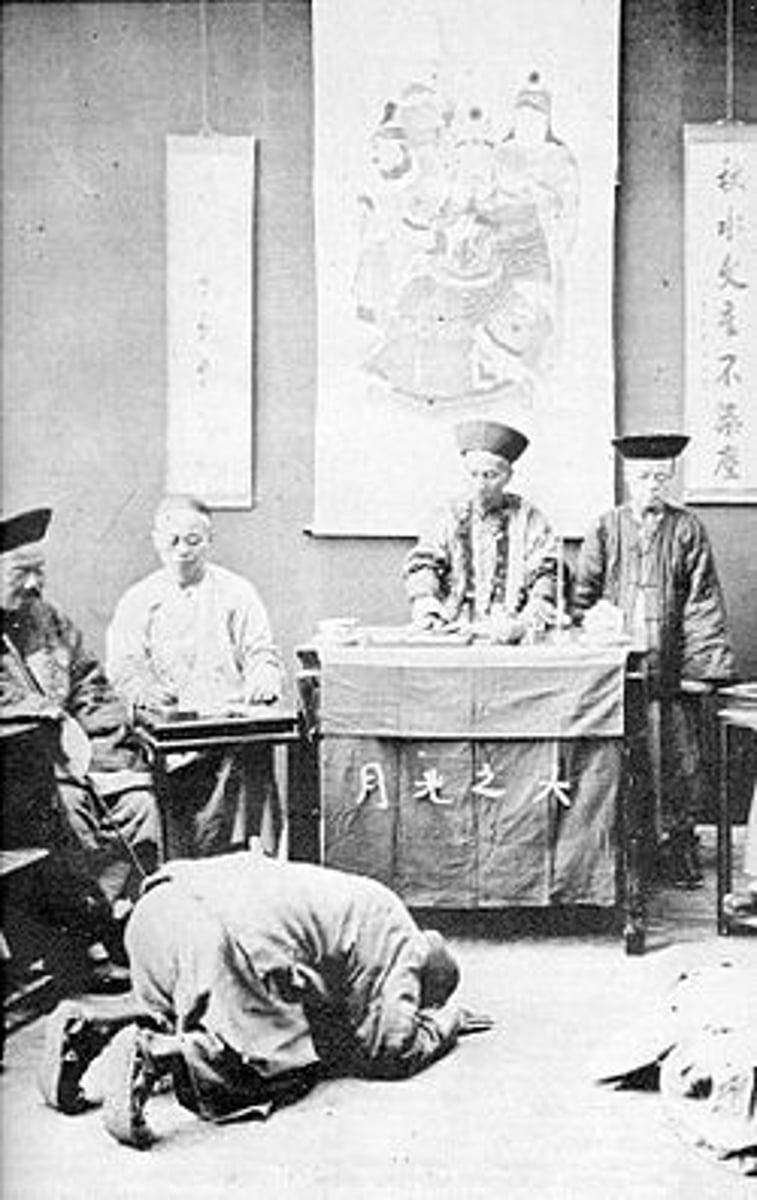
Buddism
A religion based on the teachings of Buddha that originated in India and spread to China and Japan
Theravada buddism
Type of Buddhism focusing on personal spiritual growth through silent meditation and self-discipline. It became strongest in Southeast Asia.
Mahayana buddism
Focused on spiritual growth for all beings and on service. It became the strongest in China and Korea
Tibetan Buddism
focused on chanting; strongest in Tibet